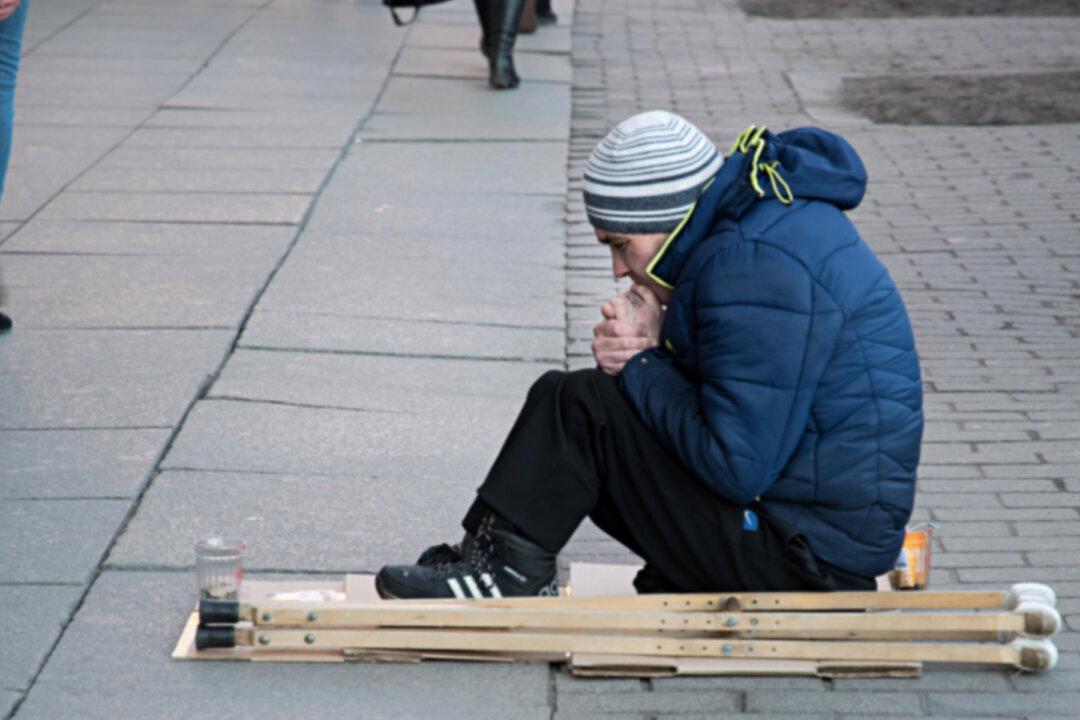A social experiment undertaken on the streets of New York City is offering a remarkable commentary on the way people treat each other based on their physical appearances. The culmination of the experiment has millions of viewers reeling in shock.
A YouTuber named Coby Persin’s production Model Pranksters involved the powerful ruse involving Persin and another male participant, Danny Barbosa. Persin assumed the role of a young professional, suited and booted with a pair of crutches under his arms. Barbosa portrayed a homeless man, similarly using crutches, but this time struggling to carry his worldly belongings under his arms as well.




